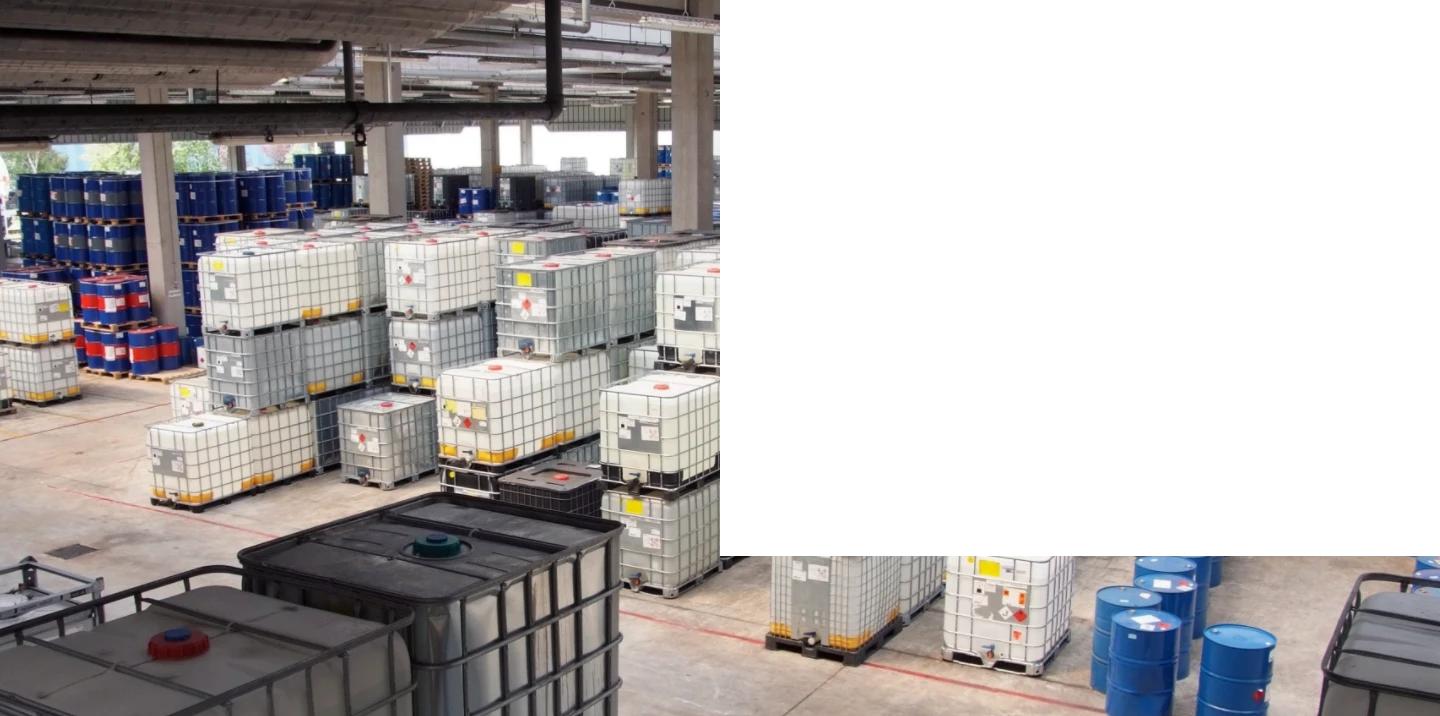



hydroxide sds
Understanding Hydroxide SDS Safety and Handling
Safety Data Sheets (SDS) are crucial documents in chemical management, providing detailed information about the properties and hazards of substances. When discussing hydroxides, such as sodium hydroxide (NaOH) or potassium hydroxide (KOH), understanding their SDS is essential for safe handling and usage in various industrial and laboratory settings.
Hydroxides are strong bases commonly used in manufacturing processes, cleaning agents, and even in laboratories for pH adjustments. The SDS for hydroxides typically includes information on physical and chemical properties, health hazards, safe handling practices, storage requirements, and emergency procedures.
Physical and Chemical Properties
Hydroxides are generally solid white compounds at room temperature, highly soluble in water, which can lead to exothermic reactions. The SDS provides information on molecular weight, melting point, and solubility, helping users gauge how hydroxides will behave in different environments. For instance, sodium hydroxide has a melting point of 318 °C and is highly soluble in water, producing heat as it dissolves.
Health Hazards
hydroxide sds

One of the most critical sections of an SDS is the health hazard information. Hydroxides are caustic substances that can cause severe chemical burns upon contact with skin or eyes. Inhalation of hydroxide dust or vapors can lead to respiratory issues. Therefore, the SDS emphasizes the necessity of personal protective equipment (PPE) such as gloves, goggles, and respiratory protection when handling these compounds.
Safe Handling and Storage
Proper storage and handling guidelines are paramount to prevent accidents. The SDS recommends storing hydroxides in a cool, dry place, away from incompatible materials like acids or organic materials. Containers should be tightly sealed to avoid moisture absorption. Furthermore, workers must be trained to follow proper procedures, including not mixing hydroxides with other substances without knowledge of the potential reactions.
Emergency Procedures
In case of exposure, the SDS outlines essential first aid measures. For skin contact, it is crucial to immediately wash the affected area with plenty of water, while for eye exposure, flushing with water for at least 15 minutes is recommended. The document also covers spillage and disposal procedures to mitigate any hazards in case of accidental release.
In summary, understanding the Hydroxide SDS is vital for anyone working with these compounds. Knowledge of their properties, hazards, handling practices, and emergency responses ensures safety in environments where hydroxides are utilized, protecting not just the individuals but also the workplace as a whole.
-
Why Sodium Persulfate Is Everywhere NowNewsJul.07,2025
-
Why Polyacrylamide Is in High DemandNewsJul.07,2025
-
Understanding Paint Chemicals and Their ApplicationsNewsJul.07,2025
-
Smart Use Of Mining ChemicalsNewsJul.07,2025
-
Practical Uses of Potassium MonopersulfateNewsJul.07,2025
-
Agrochemicals In Real FarmingNewsJul.07,2025
-
Sodium Chlorite Hot UsesNewsJul.01,2025










